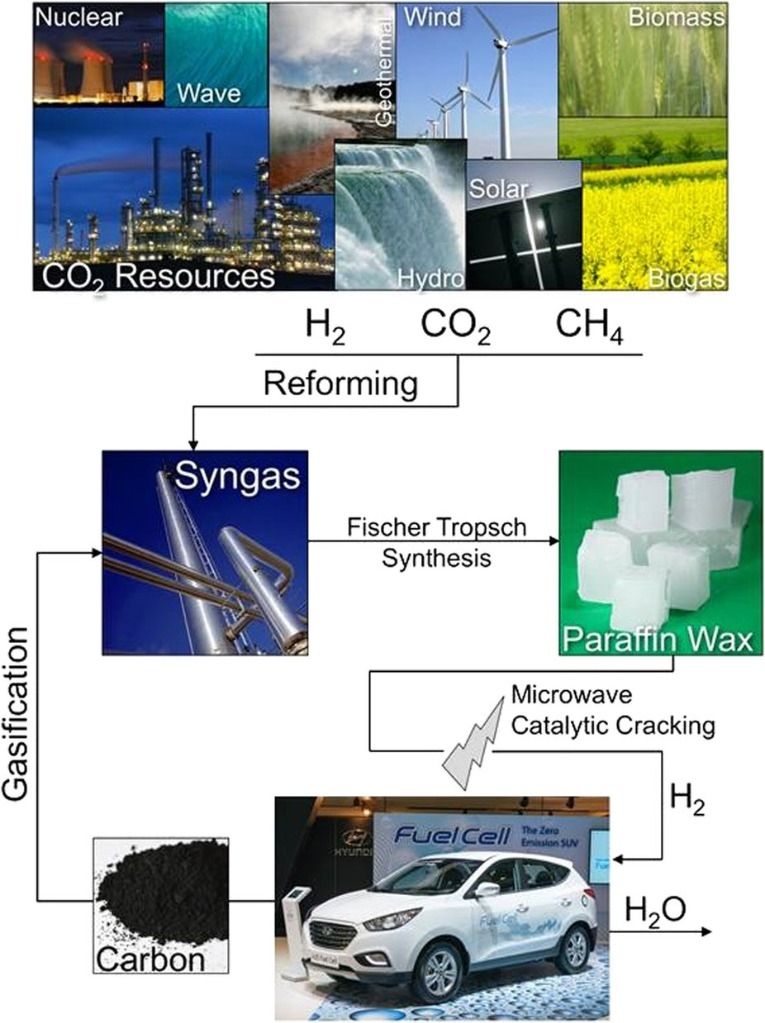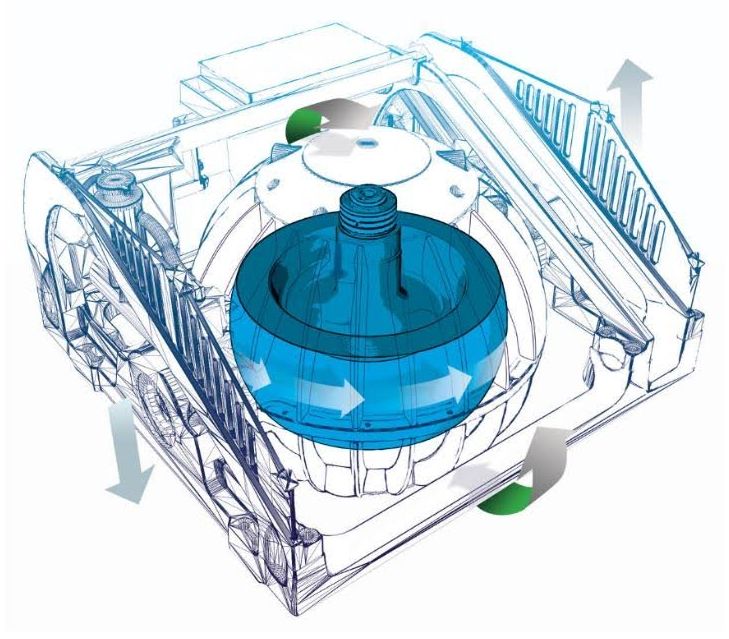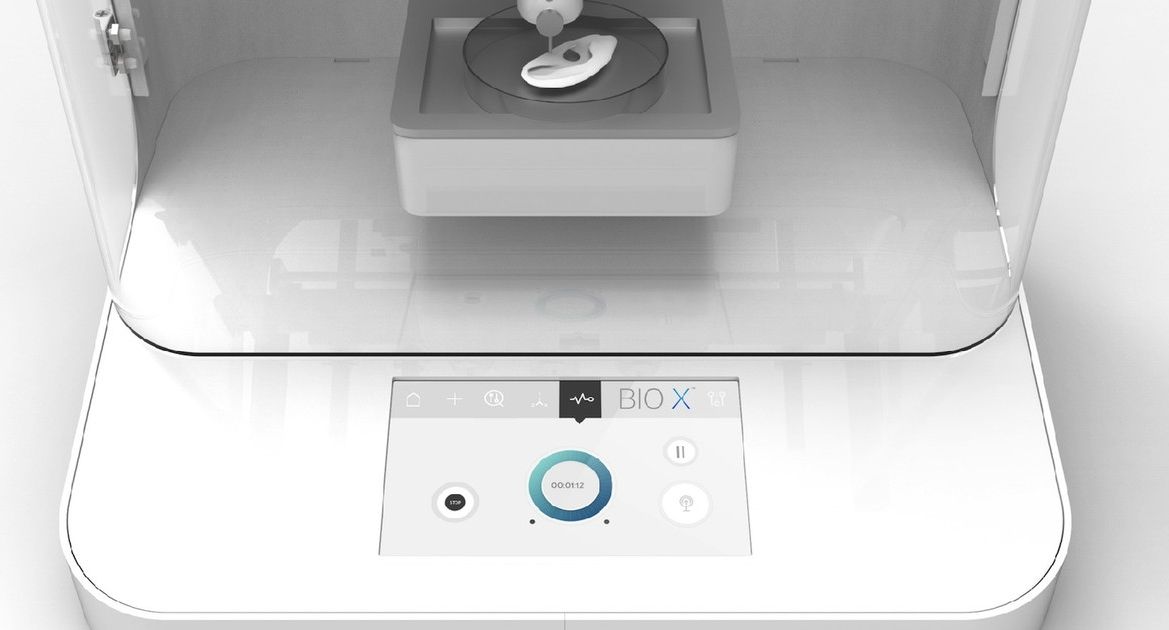This is amazing.
In Brief
- D-Wave has open-sourced its Qbsolv software, making it possible for anyone to develop programs for quantum computers that they can then test using a free D-Wave simulator.
- By making the tools needed for quantum computing development available to many, D-Wave is increasing the chances we’ll be able to harness this revolutionary technology sooner.
Titan Touchdown
Posted in space
If you feel no awe when watching this video, then you are already dead.
On Jan. 14, 2005, ESA’s Huygens probe made its descent to the surface of Saturn’s hazy moon, Titan. Carried to Saturn by NASA’s Cassini spacecraft, Huygens made the most distant landing ever on another world, and the only landing on a body in the outer solar system. This video uses actual images taken by the probe during its two-and-a-half hour fall under its parachutes.
Huygens was a signature achievement of the international Cassini-Huygens mission, which will conclude on Sept. 15, 2017, when Cassini plunges into Saturn’s atmosphere.
For more info, visit https://saturn.jpl.nasa.gov/mission/spacecraft/huygens-probe/
This publication suggests that wax could be carried on vehicles and used to create hydrogen gas in situ, the waste carbon being used to make more wax via syngas production and the Fischer-Tropsch process, where carbon monoxide and hydrogen is converted into hydrocarbons as a potential source of petro-chemicals that does not involve releasing fossil carbon into the atmosphere. While this publication is still a long way from a working industrial-scale process, it offers a very hopeful potential avenue for less-polluting technology.
Philip recently attended an event for other Oxford University chemistry alumni, and one of the speakers drew attention to a recent publication from, among others, Oxford chemists, regarding the production of hydrogen from paraffin waxes by microwave degradation using a ruthenium catalyst.
Hydrogen has often been suggested as an environmentally-friendly replacement energy source for fossil fuels in transport vehicles and other applications requiring high energy density. (Note that hydrogen is not a “fuel”, as it must be made using energy from other sources, which can be environmentally-friendly or not.) However, there are significant problems with this, notably involving the safe storage of a highly-inflammable and explosive gas which is much lighter than air.
If you were to pick one emerging technology with the potential to have a massive positive impact on humanity in the coming years, there’s a good chance you’d go with 3D bioprinting.
The ability to use “bio-ink” to print out biomaterials ranging from heart tissues to bone and cartilage is incredibly exciting — although at present it’s not exactly the most user-friendly of tech.
One company hoping to change that is Cellink, which this week has announced the launch of its new Bio X printer, which it hopes will bring 3D bioprinting to a whole new audience.









